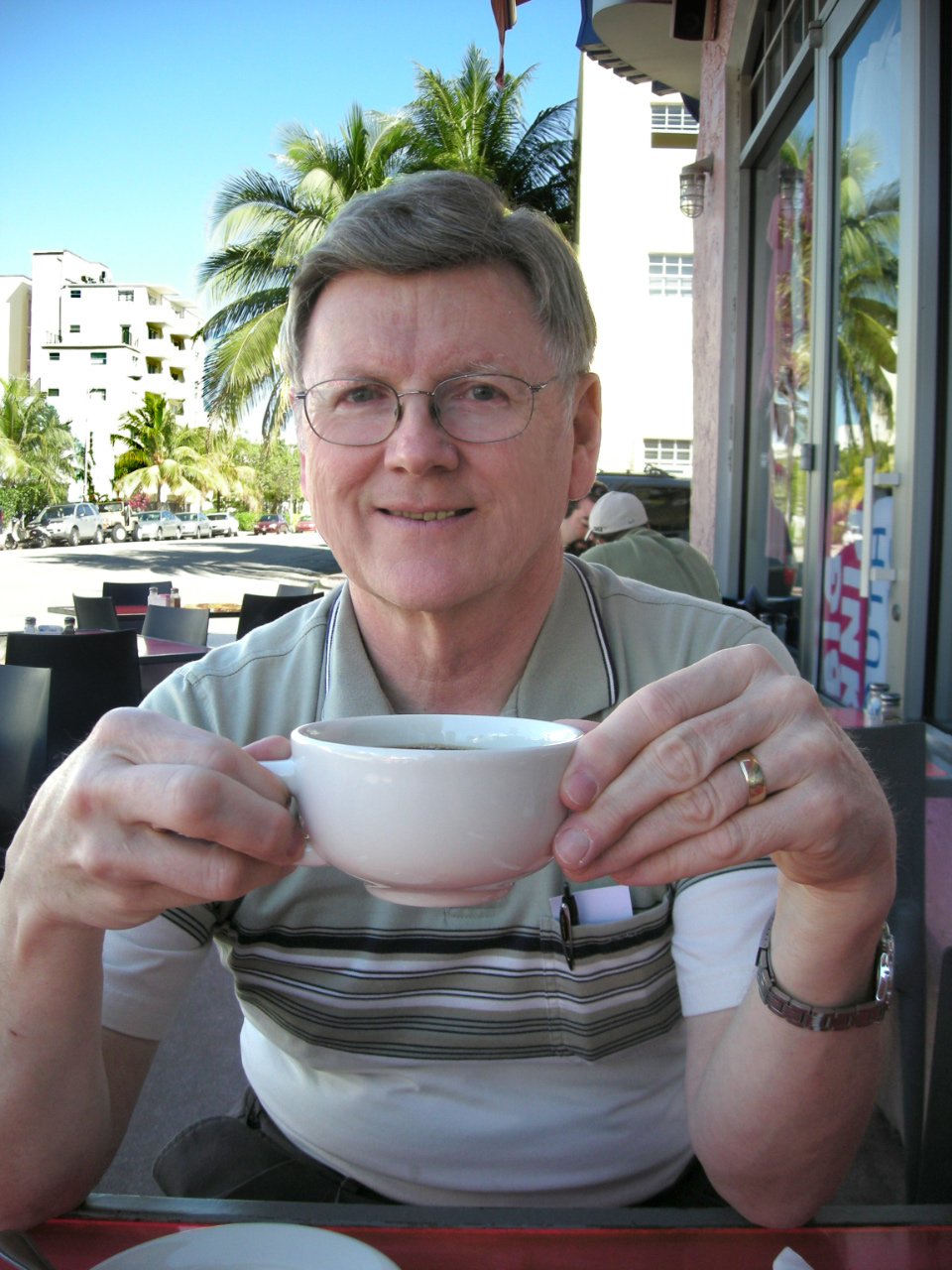The usually comprehensive Wikipedia offers only a brief article that describes the City of the Dead. It includes these points:
- It is a 4 miles (6.4 km) long (north-south) dense grid of tomb and mausoleum structures, where some people live and work amongst the dead.
- The neighborhood has been characterized as a slum.
- Its current population may exceed half a million people.
- For many Cairenes the City of the Dead is a mysterious, foreboding area. Many Cairenes are aware of its existence but few understand this group of vast cemeteries that stretches out along the base of the Moqattam Hills.
- There are five major cemeteries in this city there, the Northern Cemetery, Bab el Nasr Cemetery, the Southern Cemetery, the Cemetery of the Great, and Bab el Wazir Cemetery ...
I thought that size and population might be a good place to start in describing this area since most articles or descriptions that I have read concentrate on some tiny portion of the area. What you might find will depend on where you visit and a lot of writers do visit. So here are a few thoughts that I have on the City of the Dead.
- It is definitely where many of the garbage collectors live. This occupation generally falls to the Christians and you will find this part of the four mile long area in the south, near Coptic Cairo.
- It seems that every taxi driver and private car owner knows a route through the City of the Dead as a shortcut to avoid traffic when moving between downtown and the outskirts along the Ring Road.
- The narrow roads and alleys offer unlimited photographic opportunities.
- There are many interesting monuments to be found in the northern part of the area, within that Northern Cemetery listed above. That is where we are headed in this post.
Qurqumas was one of the more prominent of the fierce Mamluks who ruled Egypt from around 1250-1500 A.D. In building elaborate mausoleums with associated mosques, their major architectural contribution was the dome. You will find quite a large number of surviving domes in this area.
There is an excellent write-up of both Qurqumas, the warrior, and this funerary complex at touregyptnet. It is not dated but makes reference to a couple of restoration efforts dating from 1983 on. As we entered the building, it was apparent that there is still restoration work underway. I had to stop and photograph the electrical box. I checked with an electrical engineer back home and he definitely didn't think this was an example of doing things right. It's not clear whether the power being tapped off ahead of the breakers is for the construction effort or for someone's living space.
We moved on and looked at the work being done on ceilings. The wooden ornamentation is beautiful as it is being refinished.
The dome interior deserves special attention.
We climbed the stone stairways to the area at the base of the dome where most of the dome pictures shown above were taken. The interior archways and narrow hallways also form interesting patterns.
I took one picture from here that included the Citadel. I recalled having seen several old pictures of Mamluk tombs with the Citadel in the background and wanted to compare those to my own view. I was surprised to find that those pictures are taken of a completely different set of tombs well to the south of the Citadel while these are to the north. A couple of those other views can be found here and here. Cornell University Library has several excellent black and white images of Cairo from the late 1800s including the Mamluk tombs which can be found here. They license their collection freely, so I cleaned up one of their pictures and am placing it next to my shot from the opposite end of the City of the Dead.





No comments:
Post a Comment